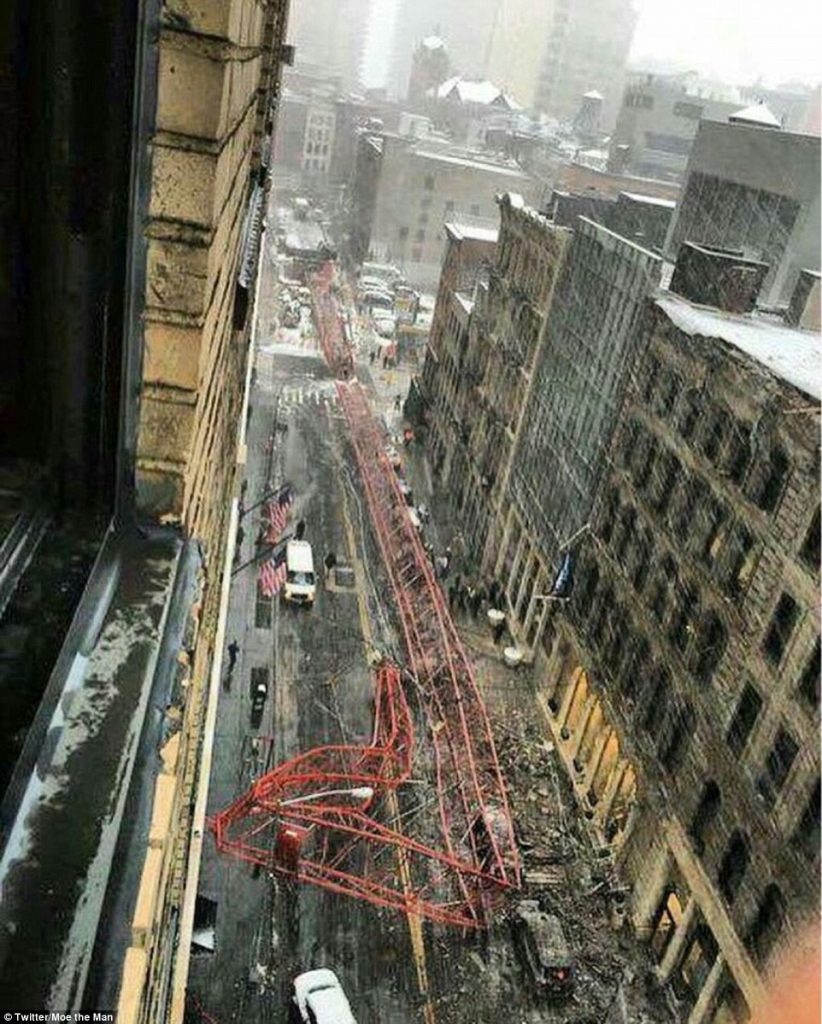Construction: Interference could undermine development of crane technology

Keith Armstrong, worldwide electromagnetic compatibility specialist at EMC Standards, looks at problems with electrical interference and how construction managers can minimise their risk
Cranes are synonymous with the idea of development. Typically used to construct buildings, cranes aid the economic and social development of a town or city. However, cranes suffer from a persistent problem that is indicative of a significant threat to the future of technology: interference.
In the early days of the UK Department of Trade and Industry’s EMC Awareness Campaign, there was an infamous incident where a man was crushed to death by a crane. In this case, electrical interference caused the crane to prematurely release its load while the man was operating it with his radio-control pendant. Unfortunately, this tragedy is not an isolated incident.
There was another incident with a company that claimed to have made the controls and drives for the first large scale hovercraft-testing tank in the late 1960s. It was, in effect, a sophisticated travelling overhead crane, which ran the length of a gantry along overhead rails and towed a hovercraft shape along a large pool of water in an even larger building. In those days, they used resistor-transistor logic, which ran on a 40 V rail to provide noise immunity.
During commissioning, the machine suddenly started up by itself and proceeded towards the far end of the pool, having been set off by what was documented as a mains transient current. All the personnel on the site were standing by the access ladder to its gantry, but the only emergency stop button was on the gantry itself and they could not get to it.
Since it was not operating according to its programming, the crane ignored its limit switches and crashed through the end wall of the building. Luckily, nobody was hurt and the next version had emergency stops all around the building. While this does go some way in protecting against a similar incident, it is debatable whether this measure goes far enough.
If we are to ensure the safe adoption of new technologies and the stable use of equipment in general, it is vital that we prioritise the design engineering of equipment in compliance with electromagnetic compatibility directives. These standards are in place to ensure that devices and equipment operate reliably with minimal risk of interference-induced hazards.
Traditionally, many electrical engineers and construction managers have been deterred by the perception that EMC is a complex topic. While there are guides to EMC that demystify it without complicated mathematics, there is still a stigma surrounding it. In order to overcome this stigma and improve site safety, it is important that responsible persons in construction projects receive the right EMC training from power quality consultants.
Addressing EMC problems in the construction sector will become increasingly important in the coming years, so ensuring cranes and other equipment are fully protected to EMC directives is a significant step in the right direction. With the right knowledge and training, project managers can build a safer future while staying on the right side of European Union law.

